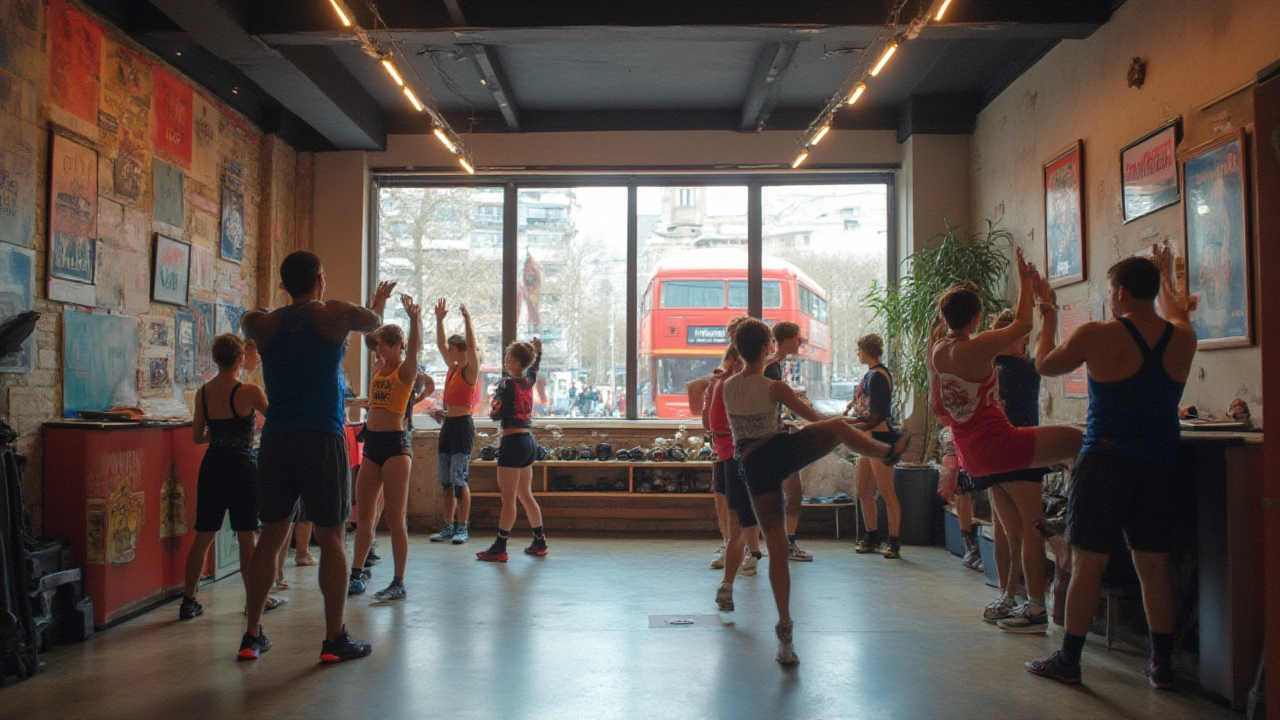Discover London’s most effective sports massage techniques, how they help with injury recovery, and where to find the best therapists in the city.
Sports Injury Massage: Quick Relief and Smart Recovery
Got a sore knee, tight hamstring, or a nagging shoulder after a workout? A well‑done sports injury massage can turn that ache into comfort fast. It’s not magic – it’s pressure, movement, and the right technique working together to loosen tight fibers and get blood flowing.
First off, understand what a sports injury massage actually does. The therapist uses deep strokes, friction, and stretches to break up scar tissue, release tension, and boost circulation. More blood means more oxygen and nutrients reaching the damaged area, which speeds up healing. You’ll feel less stiffness, clearer range of motion, and often a reduction in pain after just a few sessions.
What to Expect in Your First Session
Walk into the studio and expect a quick chat. The therapist will ask about the sport you play, the injury’s history, and any medical advice you’ve received. This helps them fine‑tune the pressure – you don’t want it so hard it hurts, but you do want enough depth to reach the problem.
During the massage, you’ll usually lie on a comfortable table or sit in a chair if the therapist works on the upper body. They’ll start with gentle warming strokes, then move into deeper work on the specific muscles. If you have swelling, they might use lighter techniques and focus on lymphatic drainage. The whole session lasts 45‑60 minutes, and you should feel a warm, relaxed sensation afterward.
Choosing the Right Therapist in Central London
Not every therapist is a sports injury specialist. Look for credentials like a sports massage certification or experience working with athletes. A quick phone call can tell you if they understand your sport’s demands – ask about their work with runners, cyclists, or team players.
Location matters too. Central London clinics like Blissful Body Massage offer easy access, and many have private rooms for focused treatment. Check reviews for punctuality, cleanliness, and how therapists adjust pressure based on feedback. A good therapist will constantly check in: “Is this comfortable?” or “Too much pressure?”
Budget is another factor. Prices in London range from £60 to £120 per hour. Some places offer packages that bring the cost down if you need multiple sessions for a chronic issue.
Don’t forget post‑massage care. Stretch gently after the session, stay hydrated, and apply ice if there’s lingering swelling. A short walk can keep circulation moving. If you’re dealing with a serious tear or fracture, massage should complement, not replace, medical treatment.
Finally, listen to your body. If a technique feels sharp or painful, speak up right away. The therapist can modify pressure or switch to a different method. Regular sessions—once a week for acute injuries, or bi‑weekly for maintenance—often give the best results.
In short, a sports injury massage in London can be the missing piece in your recovery plan. It eases pain, restores movement, and keeps you ready for the next game. Find a qualified therapist, follow the simple after‑care tips, and watch your body bounce back faster.

